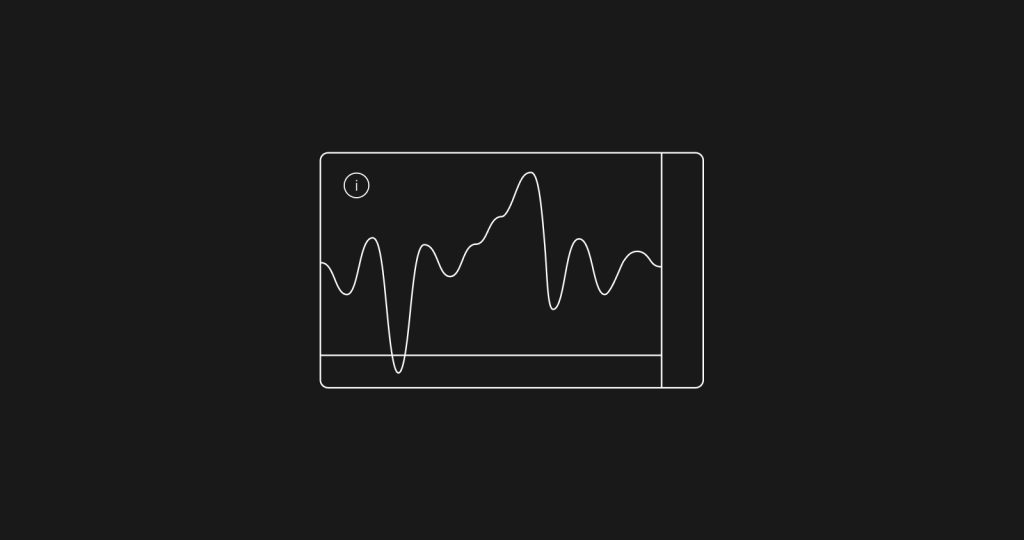LEARN AVERAGE DIRECTIONAL INDEX IN 3 MINUTES – BLOCKCHAIN 101

What is ADX
The Average Directional Index (ADX) is a technical analysis indicator used to quantify the strength of a market trend. It was developed by Welles Wilder in 1978 and is primarily used to identify whether a trend is present and how strong that trend is. The ADX value ranges from 0 to 100 and is often used in conjunction with other indicators to provide more comprehensive trading signals.

The ADX consists of three lines
- ADX Line: Indicates trend strength.
- +DI Line(Positive Directional Index): Shows the strength of the current uptrend.
- -DI Line (Negative Directional Index): Shows the strength of the current downtrend.
How to Calculate ADX
Although the calculation of ADX is relatively complex, it can be summarized in the following steps:
- Calculate +DI and -DI.
- Calculate ADX, typically using a 14-period moving average.
The formulas are as follows:
- +DI = (Current High – Previous High) / True Range × 100
- -DI = (Previous Low – Current Low) / True Range × 100
- ADX = 14-day moving average of the absolute difference between +DI and -DI
How to Interpret ADX
- 0-25: The market is in a non-trending state.
- 25-50: A trend is starting to form, which may be a good trading opportunity.
- 50-75: Strong trend, traders should consider trading in the direction of the trend.
- 75-100: Extremely strong trend, exercise caution and avoid trading against the trend.
Applications of ADX
- Confirming Trends: When ADX rises and exceeds 25, it indicates that a trend is forming; conversely, it may indicate a non-trending state.
- Combining with Other Indicators: Using ADX in conjunction with other indicators (such as the Relative Strength Index RSI or moving averages) can enhance the accuracy of trading signals.
- Stop-Loss Strategy: Adjust stop-loss positions based on the strength of ADX to avoid trading in a non-trending state.
Conclusion
The Average Directional Index (ADX) is a powerful tool for traders looking to gauge market trends and make informed decisions. By understanding how to interpret its signals, traders can enhance their strategies and potentially improve their profitability.







Responses